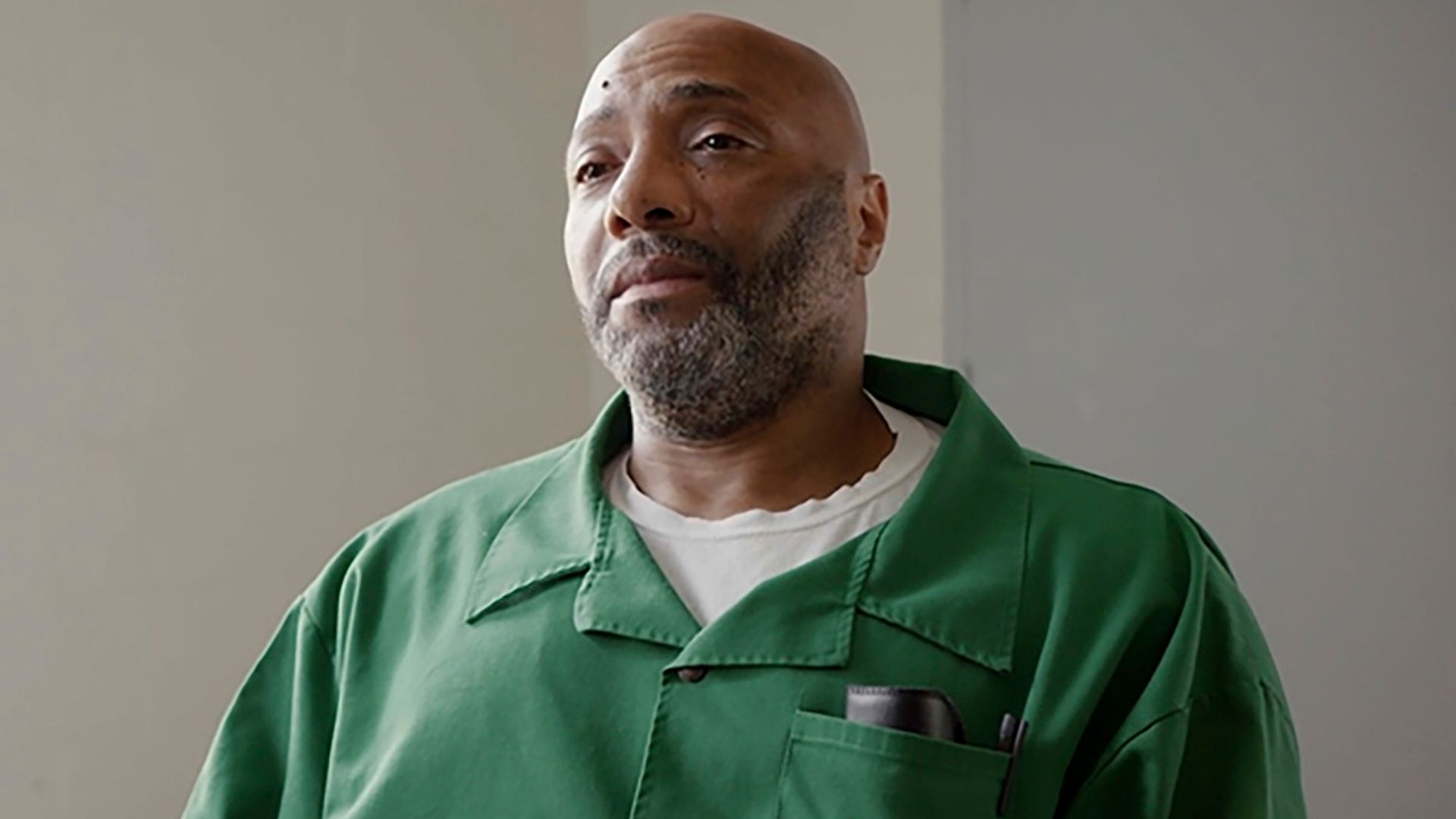
Hard Telling Not Knowing each week tries to answer your burning questions about why things are the way they are in Maine — specifically about Maine culture and history, both long ago and recent, large and small, important and silly. Send your questions to [email protected].
The life of a lighthouse keeper in isolated corners of Maine, in the decades before automation left most of the beloved structures empty but for visiting tourists and part-time staff, was a lonely one. And no day on a windswept island like Matinicus, Monhegan or Petit Manan was as lonely as Christmas Day.
In the 19th century, before electricity and other modern conveniences, much was made of the solitary lives of Maine lighthouse keepers, with their stories romanticized in poems, fiction and art. It’s still the subject of books and films in more recent years, from the inspiring and sweet children’s book “Keep the Lights Burning, Abbie” to the experimental art film “The Lighthouse.”
By the 20th century, most of those modern conveniences had arrived — but that still didn’t change the fact that a tiny handful of people were stuck on a desolate Maine island or peninsula for weeks or months at a time.

The Coast Guard, which took over operations on lighthouses in 1939, tried to make days like Christmas a little brighter for families. After lighthouses from Goat Island to Moose Peak received visits from the Flying Santas — a group of volunteer pilots who deliver holiday season gifts to coastal families, lighthouse keepers and Coast Guard members across New England — life got pretty darn quiet in the winter months.
A 1934 Bangor Daily News article related the tale of the York family, who kept the light at Mount Desert Rock burning, located 22 miles off the coast of MDI in the middle of Frenchman Bay. The BDN reported that the York family, including children Shirley and Wilbur, had a tree brought out to them by Coast Guard members stationed at Bass Harbor, and that the radio was among the few luxuries afforded to them — as well as a telephone, newly installed that year.
In the 1940s, not even the Flying Santas got to visit most lighthouses, due to concerns about unnecessary flights causing alarm during World War II, or planes becoming targets for enemy aircraft that had made it into U.S. airspace. Still, though, Santas managed to make it out to several lighthouses on boats.

By the 50s, lighthouses were already starting to be automated, though lighthouses on islands like Monhegan were among the later structures to stop using lighthouse keepers. In 1955, the BDN told the story of Henley Day, the keeper at Monhegan Island Light, who with his family were among the few civilian lighthouse keepers left. Nearly all others were members of the Coast Guard.
An even more desolate lighthouse than the one on Monhegan is Matinicus Rock, a windswept island 25 miles out to sea. In 1968 the BDN reported on two young men, Carl Hodges and Durk Hallmann, who started a 28-day stretch on the island on Dec. 19, 1968. What’s more, Hodges, a Gardiner native, got married seven weeks earlier, and left his new wife behind on the mainland. Local Coast Guard families brought them baked goods and a Christmas tree to help them feel a little less lonely on the Rock.

Further north along Maine’s coast, in 1971 the BDN detailed the Christmas celebrations planned for Coast Guard members in Washington County’s lighthouses. At West Quoddy Head in Lubec, the iconic red-and-white lighthouse at the easternmost point in the U.S. was staffed by two men and a cat, while at Little River Light in Cutler, keepers there had a whole menagerie, including three cats, a dog and a pet raccoon named Rocky. At Libby Island Light in Machias, however, keepers weren’t able to hang outdoor Christmas lights due to high winds. They dubbed their lonely lighthouse “Heartbreak Hotel.”
By the early 1980s, nearly every lighthouse in Maine was automated, and no longer required round the clock staffing. The last Maine lighthouse to be automated was Goat Island Light in Kennebunkport, which was put on automation in 1990.
That’s not to say that a handful of lighthouses haven’t had residents since then — like in 2011, when Bill Kitchen, now the town manager of Machias, spent a year living at Little River Light in Cutler, or the College of the Atlantic students that spend each summer doing environmental research at Mount Desert Rock.
But it’s a far cry from 70 or more years ago, when being stationed at a lighthouse — Coast Guard or civilian — meant a lot of long hours of boredom and isolation. Though judging from the keepers the BDN has profiled over the years, they still managed to find the holiday spirit even if there weren’t many others around to celebrate with.









